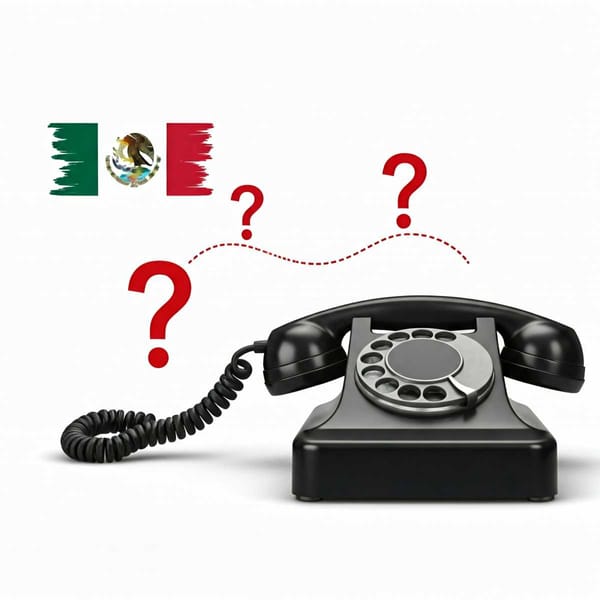Sugar, Spice, and Everything Nice: The Sweet Tale of a Sugar Mill in Ytucuaro, Michoacán
Discover the fascinating history of sugar production in New Spain, as seen through the lens of Bernardino de Arriola's sugar mill in the town of Ytucuaro, Michoacán. Find out what the Spanish conquistadors did to make money and how sugar production affected the area.

Sugar production in New Spain was one of the activities implemented by the Spanish conquistadors. Landowners in this area were looking for ways to make money. One of them was Bernardino de Arriola, who persuaded the authorities and people of the Ytucuaro area to ask Viceroy Fray Payo Enriquez de Rivera for permission to build a sugar mill that would help the whole town.
Sugar production was one of the first activities implemented by the Spanish colonizers in the territory of New Spain due to the introduction of sugar cane in the region. When it was planted, it led to the growth of several haciendas where people with Spanish roots made sugar.
To obtain the sugar cane juice, a trapiche was used, a mill whose mechanism consisted of three furrowed rollers that pressed the previously shredded cane plant and extracted the juice, which was then concentrated and cooked until it crystallized. Generally, panela, piloncillo, and sugar were produced.
In this context, Bernardino de Arriola went to the viceroy, Fray Payo Enriquez de Rivera, in 1677 to request a license for the elaboration of a sugar mill in the town of Ytucuaro, which belonged to the jurisdiction of Valladolid, in the province of Michoacán. To achieve this project, a large piece of land with enough land and water for the production and harvesting of sugar cane was needed, characteristics that Bernardino's hacienda, called Etuquaro, had. When the sugar mill was built, it would be possible to make sugar, panochas, chancacas, and melados.
Bernardino assured everyone that the construction of the mill would not affect third parties, much less the lands of the natives, but would benefit everyone. Furthermore, royal taxes would rise because the increased production and profits would ensure that the taxes were paid and supported by the appropriate authorities. He also had the support of Mayor Francisco Rodrigo, who said that starting the mill would help his town and others nearby since the closest mill was more than eight leagues away.
To continue with the process, the viceroyalty authorities sent personnel to the lands of Bernardino de Arriola to verify that everything was true. After checking the facts, the viceroy gave Bernardino de Arriola permission to go ahead with the project. He had to follow the laws, not sell "mieles prietas" to the native people who used them to make illegal drinks and give the royal treasury one hundred pesos to pay for the costs of the Barlovento armada.
Source: AGN




